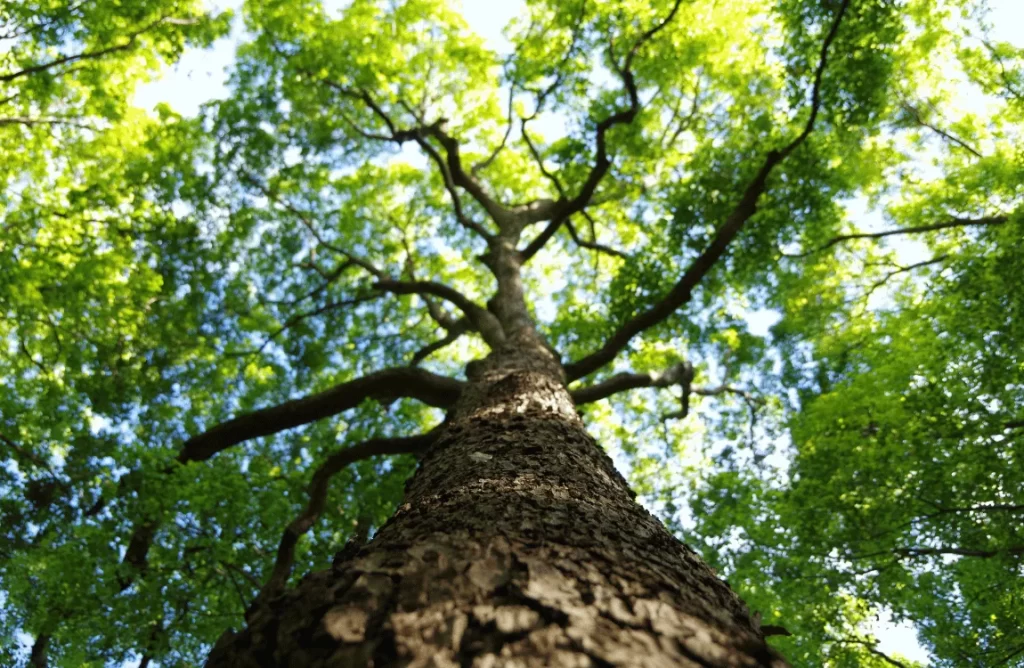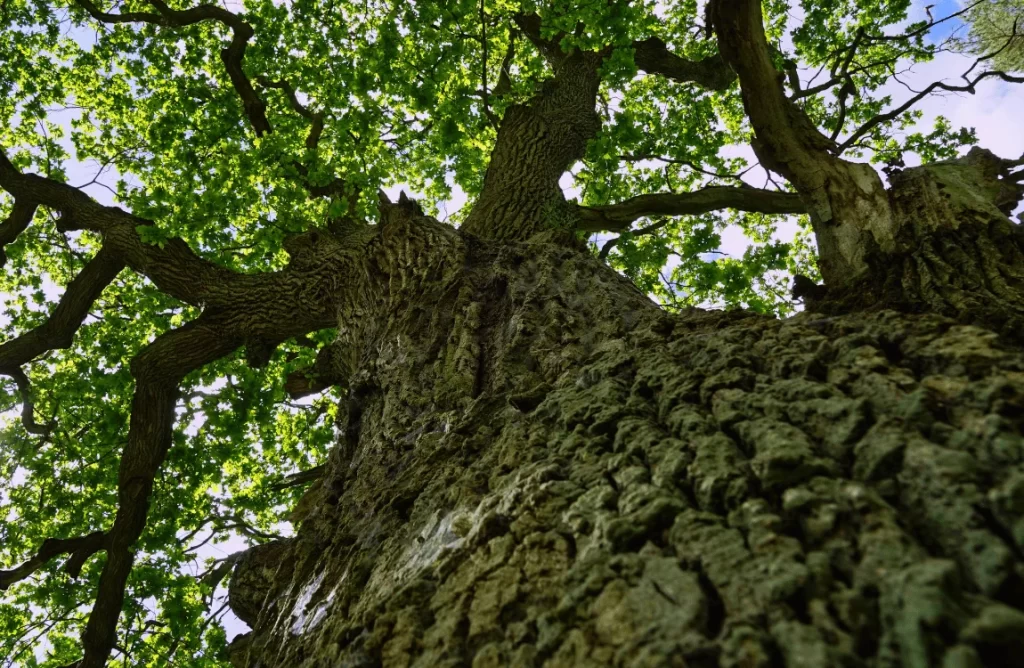Late winter to early spring is the ideal time for tree service. This period allows for healthy regrowth before the peak growing season.
Considering tree health and maintenance, timing is crucial in tree service effectiveness. Late winter to early spring offers a sweet spot, as trees are generally dormant. This dormancy minimizes tree stress when pruning or removing branches, leading to a smoother healing process.
Scheduling tree service during the season also clears up potential hazards before frequent spring storms. Moreover, with leaves typically gone, arborists can better assess the tree structure and address issues more efficiently. Proper timing promotes tree health but can also save homeowners from future liabilities and expensive repairs, ensuring a lush, safe, and vibrant landscape as the warmer months roll in.

Factors To Consider
Deciding on the perfect time for tree service involves several factors.
Climate
Climate plays a pivotal role in planning tree care.
- Mild weather is ideal for tree work.
- Winter dormancy allows for easier structural pruning.
- Hazardous conditions like ice or storms can prompt emergency services.
Tree Health
Assessing tree health determines service timing.
- Spring enables visual inspection of new growth.
- Fall cleanup can prevent disease and pest issues.
- Immediate action is needed for damaged or diseased trees.
Availability Of Tree Services
Service availability varies throughout the year.
| Season | Availability |
|---|---|
| Spring | High demand, book early |
| Summer | Varied, based on weather |
| Fall | Good availability |
| Winter | Off-season rates possible |

Best Time For Pruning
Understanding the best time to prune trees helps them grow healthy and strong. Trees need care throughout the year. But, certain times are better for pruning.
Late Winter/early Spring
Late winter or early spring is ideal for pruning. Trees are still dormant. This timing encourages new growth as the weather warms up. Most trees benefit from pruning during this period.
- No leaves on trees make it easy to see the branches.
- Wounds heal faster, reducing the risk of disease.
- Spring growth will quickly cover pruning marks.
Late Fall
In late fall, trees are entering dormancy. It’s another good time for pruning. It’s after the growing season but before the harsh cold sets in.
- Trees are less prone to diseases due to fewer active pests.
- The tree can focus on root growth during winter.
- Less stress on trees as energy is concentrated on healing.
Best Time For Tree Removal
The optimal time for tree removal often aligns with the tree’s dormancy cycle. Removing a tree when it’s dormant can result in less stress for the tree and a more straightforward removal process. Let’s explore the specific periods that are most suitable for this task.
Late Fall/early Winter
Late fall or early winter presents a prime opportunity for tree removal. With leaves typically gone, arborists can better assess the structure of the tree. This makes the removal process safer and more efficient. During these cooler months, the frozen ground also minimizes damage to the surrounding landscape.
- Visibility increases without leaves.
- Frozen ground protects your yard.
- Less sap flow means less mess.
Late Summer
Pre-autumn can also be an appropriate time for tree removal. During late summer, sap levels decrease as trees begin their transition into dormancy. This timing can facilitate an easier removal. Additionally, removing a tree before the fall can help prevent any potential damage from harsh weather conditions.
| Benefits | Late Summer | Late Fall/Early Winter |
|---|---|---|
| Weather Conditions | Mild | Cold, often stable |
| Sap Levels | Decreasing | Low |
| Soil Damage Risk | Low with caution | Minimal soil disturbance |

Frequently Asked Questions On What Time Of Year Is Best For Tree Service?
What Months Are Best For Tree Trimming?
The best months for tree trimming are generally late winter to early spring before new growth begins. This period, typically between February and March, is ideal for most tree species.
What Time Of Year Is Cheapest For Tree Removal?
The cheapest time for tree removal is typically late winter to early spring before trees begin to leaf out.
What Time Of Year Is Best For Tree Work?
Late fall and winter are often the best times for tree work. During these months, trees are usually dormant, making it safer and easier for arborists to handle pruning or removal without harming the tree.
What Time Of The Year Is Best For Arborist?
The best time for an arborist is generally during the dormant season, from late fall to early spring.
Conclusion
Deciding on the optimal season for tree service is essential for the health and beauty of your greenery. Late winter and spring offer key opportunities for most procedures. Remember, a professional arborist can provide tailored advice for your specific needs. Act now to ensure your trees thrive year-round.
Happy Tree Services!




